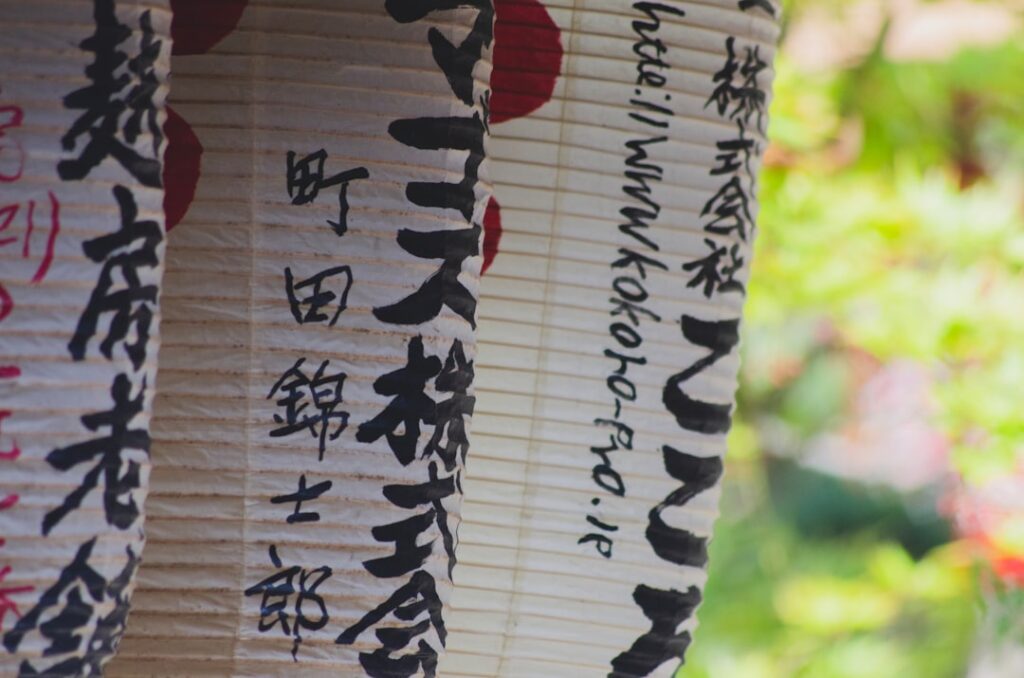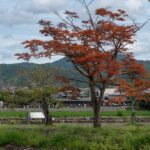Have you always thought Kobe is the be-all and end-all of Japanese Wagyu? Think again! Japan’s rural heartland is quietly offering some of the most intimate and exclusive Wagyu experiences you’ll ever find. In this feature, we take you off the beaten path—into the farms, hidden restaurants, and vibrant communities where Japan’s legendary beef is born, nurtured, and savored by true insiders. Ready to indulge in hidden Wagyu wonders, meet local farmers, and taste rare cuts not found on any city menu? Your rural gourmet journey begins here!
Beyond Kobe: Exploring Japan’s Deep Wagyu Regions
While Kobe beef shines internationally, it’s just the tip of the Wagyu iceberg. Journey to Hyogo and far beyond, and you’ll discover renowned yet rarely traveled Wagyu heartlands such as Miyazaki, Oita, and Kagoshima. Here, rolling green hills cradle peaceful herds, farmers pass down traditional techniques through generations, and each prefecture fiercely celebrates its own unique Wagyu pride.
In Miyazaki, for example, the local cattle are pampered with an abundant diet and daily care, resulting in exquisite marbling that rivals the best. Oita and Kagoshima are also home to award-winning Wagyu, each with its signature taste and culture. Heading into these lesser-known regions, visitors find themselves in smaller farms and vibrant farming communities, where hospitality and a passion for beef run deep. If you’re looking for an authentic, immersive Wagyu adventure, these areas are where it all begins.
Farm-to-Table Wagyu: Exclusive Tasting Tours Guided by Local Farmers
One of Japan’s hottest rural travel trends in 2025 is the rise of “farm-to-table” Wagyu tours. Local farmers are not only opening their gates but also serving as passionate guides, proudly introducing travelers to the secrets of raising world-class beef. Imagine strolling through sun-dappled pastures, learning to distinguish feeding methods or cattle breeds, and then sitting down to a freshly prepared Wagyu feast—mere meters from the very fields it was raised on.
In Miyazaki, family-run farms like Tanaka Farm have pioneered reservation-only tours, allowing small groups a hands-on look at Wagyu rearing, followed by exclusive tastings under a rustic open-air pergola. Hyogo boasts tranquil farm inns where guests wake up to the sound of lowing cattle and are treated to breakfast, lunch, and dinner featuring various cuts and preparations of Wagyu, from delicate sukiyaki to rich grilled steaks.
It’s not just a meal—it’s a journey into the heart of Japanese rural life, with farmers sharing their stories, philosophies, and perhaps even secrets behind their prize-winning cattle.
Tasting the Difference: Wagyu Breeds, Farming Styles, and Must-Book Destinations
What makes each Wagyu region special? It’s a delicious mix of breed, technique, and terroir. While the Tajima strain forms the foundation for Kobe beef, Miyazaki’s herds are often Japanese Black—a breed celebrated for melt-in-your-mouth marbling. Key distinctions can be found everywhere, from the type of forage to the climate and even traditional music played in barns!
To truly savor these nuances, book a tasting at Miyazaki Beef Kitchen, where diners sample flights of tenderloin, ribeye, and chuck, each with unique textures and aromas. In Hyogo, wagyu-focused guesthouses host guided dinner events, pairing farm-raised beef with local sake. Early reservations are essential—rural venues rely on advanced bookings and often limit guest numbers to ensure an intimate, personalized experience.
Most tours can be reserved via local tourism websites or by collaborating with hotels that specialize in rural culinary experiences. Start planning early, as word-of-mouth and international foodie buzz make these hidden gems increasingly sought after!
Hidden Restaurants, Farm Markets, & The Ultimate Countryside Dining
Some of Japan’s most unforgettable Wagyu moments happen in places you’ll never find on a signpost or city guide. Tucked into the forests of Hyogo are tiny, family-run restaurants where beef is grilled on hearths in century-old houses and dinner is served alongside mountain vegetables grown just outside the door.
Local farm markets and community-run butcheries are another treasure trove, offering freshly cut Wagyu, unique beef jerky, and lunchboxes packed with regional specialties. Ask locals for “nōka shokudō”—rural farm canteens—where lunch means eating shoulder-to-shoulder with farmers and ranchers. These venues rarely offer English menus, but smiles and hospitality are universal, and every meal tells a story.
For the truly curious, “farm dining” experiences are rising in popularity, where guests join families at their own tables, savoring dishes passed down through generations and learning the personal tales behind every ingredient.
Wagyu & Country Culture: Encounters With Rural Japan
Traveling Japan’s Wagyu road is much more than a culinary quest—it’s a window into the soul of the countryside. Each slice of beef reflects not just an artisan’s skill, but an entire way of rural life: seasons marked by rice planting and cattle care, tight-knit farmer networks, and a proud culture of hospitality that opens homes to strangers.
Join a summer festival where farmers parade decorated Wagyu cattle, or visit during the rice harvest and help bring in the season’s bounty as part of a homestay. Rural communities are excited to welcome global visitors, and immersive Wagyu-focused tourism is quickly becoming the best way to truly connect.
If you’re seeking a journey where every meal is a deep dive into Japan’s agricultural spirit—and every encounter leaves you with friends for life—the secret Wagyu trails of Japan’s hinterlands await your discovery.








